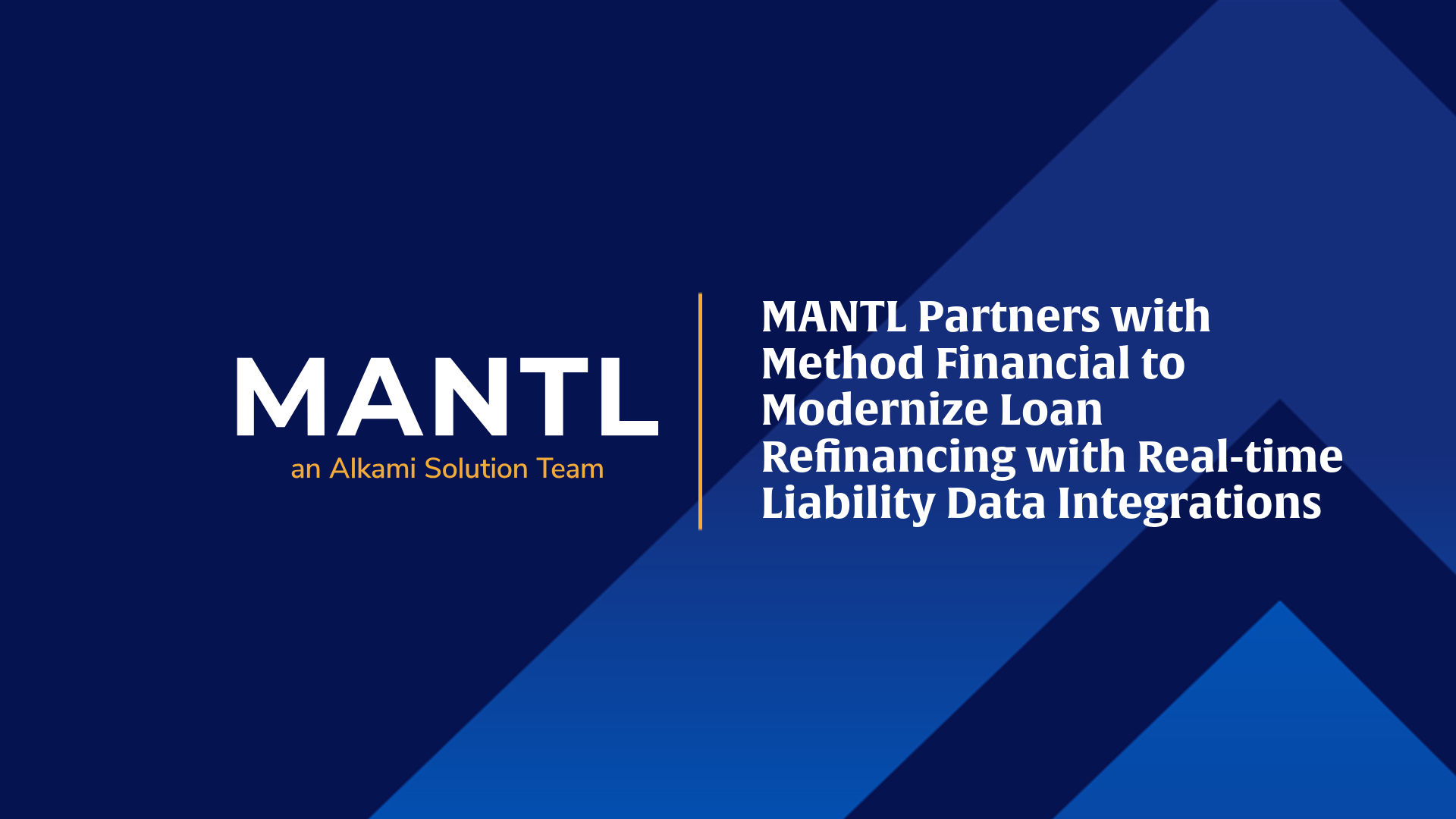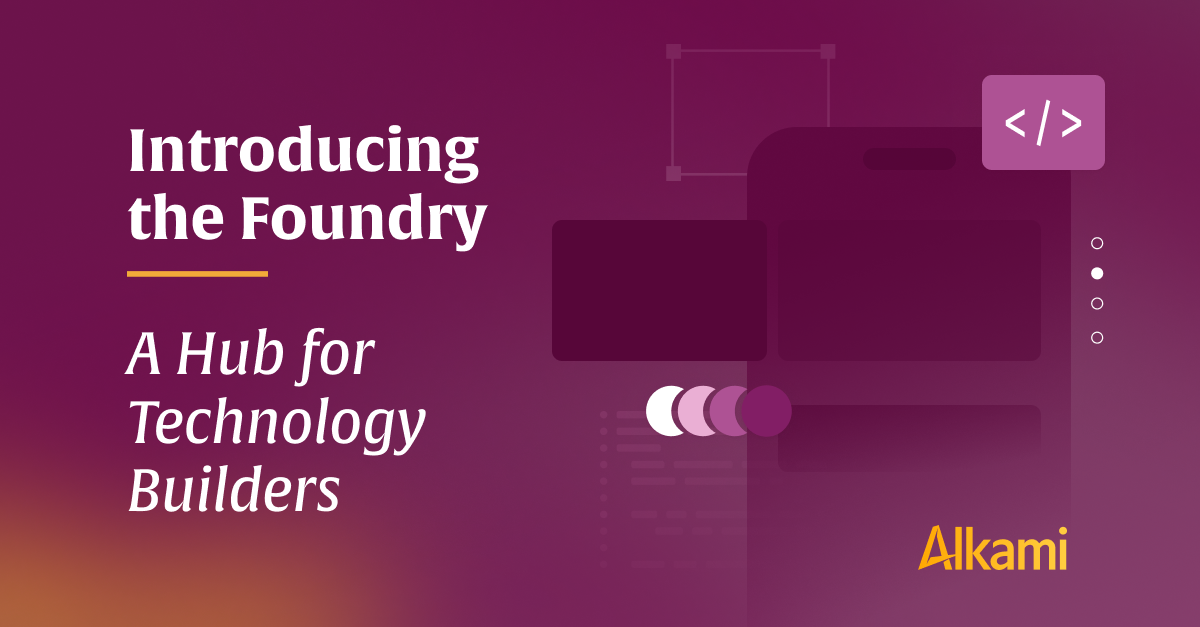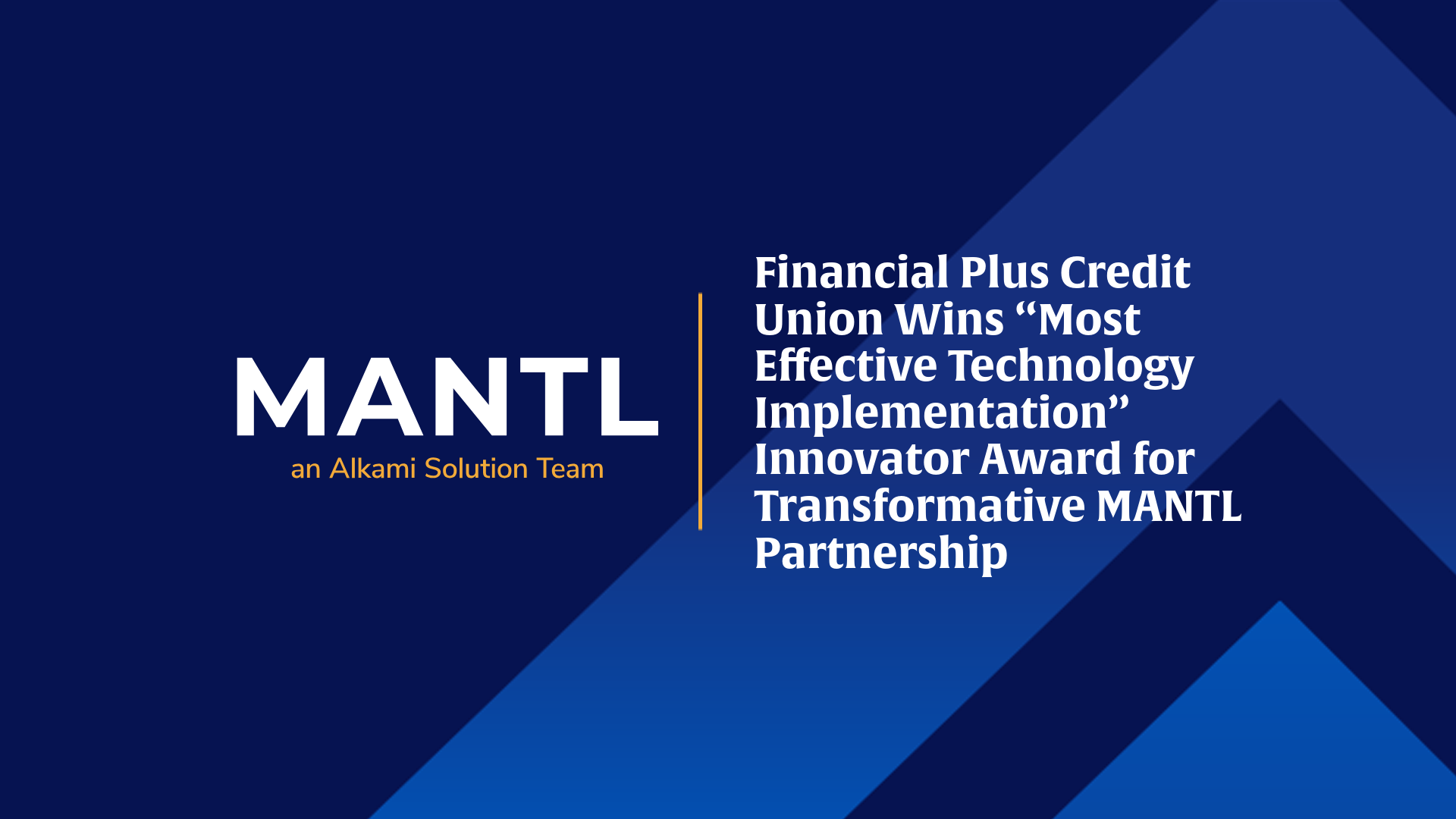A guide to managing the critical transition from contract to successful digital banking platform implementation
Signing a contract for a new digital banking platform is a major milestone, but it’s just the beginning. For financial institutions, the work continues after the ink dries. From setting up governance and aligning internal teams to managing vendors and measuring success, the post-contract phase is where strategy turns into execution. How well you navigate this transition can make or break your institution’s ability to meet user expectations, improve operations, and drive long-term growth.
This blog explores what comes next, providing banks and credit unions with a clear roadmap for implementing a new digital banking platform.

Day 0–90: Build the Foundation and Reduce Risk
Establish Governance Structures Early
One of the first steps after signing a new digital banking platform contract is to create a governance model that clearly defines ownership and accountability. Designate key roles such as executive sponsor, project lead, technical lead, and test lead, and form a decision approval process. Having these structures in place from day one helps prevent ambiguity and reduces risk as you move forward.
Host a Comprehensive Kickoff
A successful kickoff meeting sets the tone for the entire engagement. Use this opportunity to outline the implementation scope, major milestones, timelines, communication plans, and success criteria. Invite all key stakeholders and document decisions to minimize confusion later.
Establish a Cadence for Alignment and Decision Making
During this initial phase, set a regular schedule for status updates and key decision-making discussions. Weekly check-ins can help maintain momentum, surface issues early, and keep all stakeholders aligned on priorities, progress, and next steps. If there is not a director-level executive sponsor in place, the assigned manager should act as the sponsor to ensure accountability and leadership continuity.
Develop a Detailed Implementation Plan
This is when your initial strategy turns into a tactical blueprint. Work with your vendor and internal stakeholders to map out all required tasks, dependencies, and timelines. Include contingencies and resource allocations to ensure your team is ready to execute. Be sure to check out the Digital Banking Onboarding & Launch Guide for guidance.
Align on Internal Communication
Keep your entire organization informed throughout the implementation journey. Set up internal newsletters, briefings, or a central project hub. A clear and consistent communication strategy helps eliminate confusion, keeps stakeholders engaged, and builds organizational confidence.
Day 90–120: Deepen Planning and Internal Readiness
Train Early and Often
Training is one of the most overlooked success factors in digital banking platform implementations. Host internal workshops, ensure your employees understand new workflows, and assign ownership of training-related outcomes. A well-trained staff will reduce support requests and ensure smoother member or customer adoption at launch.

Beyond Day 120: Sustain Momentum and Strengthen the Vendor Relationship
Conduct Regular Vendor Performance Reviews
Treat your digital banking platform provider as a long-term partner, not just a vendor. Implement monthly performance reviews that evaluate adherence to timelines, support responsiveness, issue resolution, and innovation delivery. Doing so promotes accountability and encourages continuous improvement.
Create a Continuous Feedback Loop
Establish recurring feedback sessions with your vendor and internal teams. This ensures you can refine processes, introduce new capabilities, and pivot when necessary. Institutions that build a feedback culture tend to respond more quickly to market needs and internal challenges.
Plan for Long-Term Strategic Alignment
As your institution evolves, your digital banking platform needs to evolve with it. Schedule annual strategic alignment sessions with your provider to reassess goals, product roadmap priorities, and partnership dynamics. Consider where your institution is headed, whether that’s launching new products, enhancing personalization, or modernizing operations, and ensure your platform supports those goals.

Key Considerations for a Smooth Implementation
- Focus on People, Process, and Technology
A successful digital banking platform launch doesn’t hinge on the technology alone. It requires strong leadership (people), well-defined workflows (process), and the right tools and integrations (technology). Evaluate readiness across all three to prevent surprises and accelerate adoption. - Plan for Fintech and Core Integrations Early
Digital banking platforms rarely operate in isolation. Prepare for integrations with your core, card processors, bill pay providers, and fintech partners early in the project. Understanding technical requirements, Statement of work (SOW) needs, and timelines for each integration is crucial for avoiding unnecessary issues and eliminating risks from the outset. - Keep the End User Experience (UX) Front and Center
Ultimately, the success of your digital banking platform is judged by how well it serves your users. Prioritize intuitive navigation, self-service capabilities, and accessibility throughout the implementation process. Where possible, involve user feedback and beta testers to validate key decisions. To support this, use our UX Testing Checklist to ensure your experience is built with users in mind from day one.
Make the Post-Contract Period Count
The transition from contract signing to platform go-live is complex, but manageable with the right structure and mindset. By focusing on governance, communication, internal readiness, and long-term relationship building, your institution can avoid common pitfalls and realize the full value of your digital banking platform investment.
Every implementation will have its challenges, but with clear roles, regular reviews, and strong collaboration, your financial institution will be well-positioned not only to launch successfully but also to grow, evolve, and compete for years to come.
Looking Ahead
Investing in a new digital banking platform is ultimately an investment in your institution’s future. Treat the post-contract period with the strategic attention it deserves, and you’ll set the stage for operational excellence, stronger user engagement, and long-term digital transformation.








